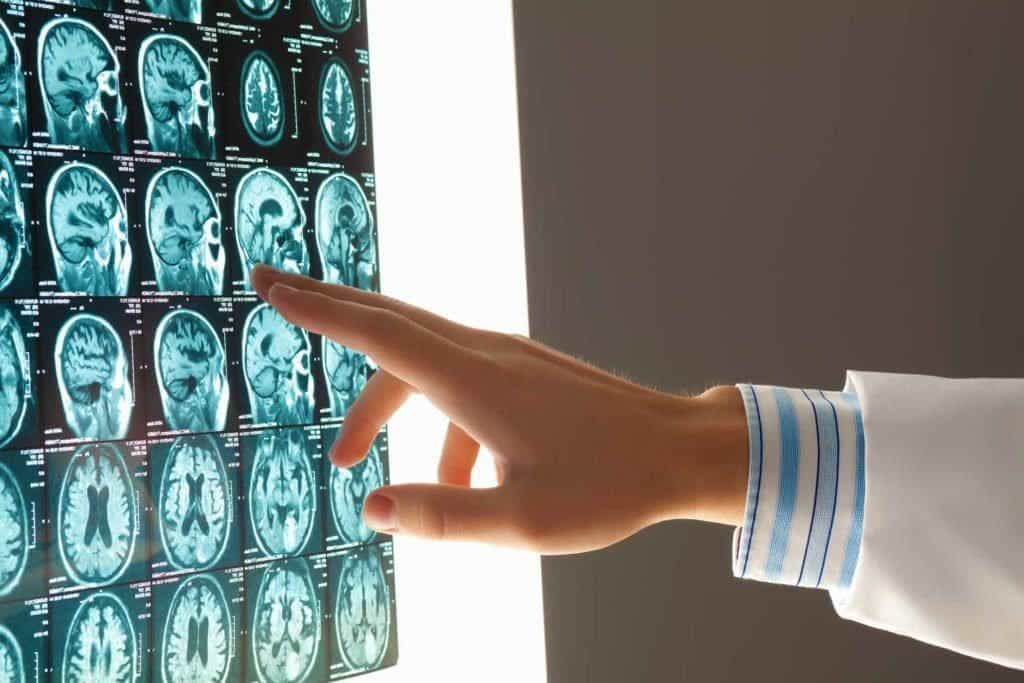Contents:
- Medical Video: Locked-In Syndrome: Nick Chisholm
- What is locked-in syndrome?
- What are the symptoms of locked-in syndrome?
- What causes locked-in syndrome?
- What can I do?
- Communication
- Quality of life
- New technology and locked-in syndrome
Medical Video: Locked-In Syndrome: Nick Chisholm
One of the most unusual types of strokes is stroke which produces a worrying condition known as locked-in syndrome. This stroke is a severe stroke, although it only affects a small part of the brain stem. Locked-in syndrome is one stroke in the brain stem, and like other brainstem strokes, locked-in syndrome produces a number of abnormal neurological problems. Although brainstem strokes are usually small in size, they have a large impact on the body because all connections between the brain and the spinal cord are run through the brain stem.
What is locked-in syndrome?
Locked-in syndrome is also called central pontine syndrome. This is caused by damage to the brain stem area called pons.
What are the symptoms of locked-in syndrome?
Locked-in syndrome is a stroke that causes severe disability. People who suffer from locked-in syndrome are paralyzed on both arms, both legs, and the entire face. Therefore, people with locked-in-syndrome cannot move or speak.
However, someone with locked-in syndrome still has the ability to think, move their eyes, blink, and read. This is the reason why this condition is called "locked-in syndrome", a person with the normal ability to think but is locked in his own body and unable to communicate with the world around him. This makes sufferers very frustrated.
People with locked-in-syndrome generally only have one way to interact with other people, which is to provide code by moving their eyes or blinking to communicate.
What causes locked-in syndrome?
This condition is caused by a small stroke caused by a disruption of blood flow through a small part of the basilar artery, which supplies blood to the pons of the brain stem.
Some other medical problems can damage the pons, one of them is called central pontine myelinolysis. Central pontine myelinolysis is a reaction that occurs when a person experiences extreme changes in the body's sodium level. This is a rare event that may occur after heavy fluid loss, IV fluid, or sodium correction.
Several other causes for locked-in syndrome include diseases such as ALS or cancer that spread to the pons.
What can I do?
If you or a loved one has locked-in-syndrome, you need to help him recover and recover the brain. Meanwhile, care is really needed to prevent complications as he lies on the bed. This includes proper nutrition, adequate fluids, and prevention of blood clots.
Communication
This is the biggest problem facing patients with locked-in syndrome. Although making a special communication pattern through eye movements can make you very frustrated and tiring, but this is something that is important for the patient so he has a way to interact with others.
Quality of life
Although some people with locked-in syndrome can improve, more patients do not experience significant improvement.
Surprisingly, a study of the quality of life of people recovering from locked-in-syndrome found that these patients had a better quality of life than doctors thought. In fact, the researchers report that the quality of life of people with locked-in-syndrome is the same as other people of the same age. It is difficult to explain unusual results in severe disabilities like this, but there may be a type of inner peace or satisfaction between people with locked-in syndrome. The study found that there was one factor related to quality of life, namely that support from family and loved ones would improve the quality of life for people with locked-in syndrome.
New technology and locked-in syndrome
New technologies can help locked-in-syndrome sufferers participate in several social aspects and even participate fully in productive lives. For example, a device interface brain-computer can help improve life satisfaction after patients and family members learn how to use this technology.












